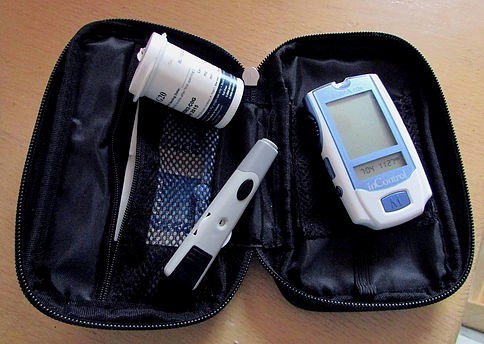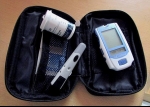
Dr. Richa Mittal
Last week I went into an explanation of what insulin resistance is. Today we will discuss what we can do to lower our risk for insulin resistance and what tests can be done to check for this silent condition.
Insulin resistance slowly leads to the development of diabetes, metabolic syndrome (combination of high blood pressure, abnormal blood sugars, high triglycerides, low HDL-good cholesterol), and increased abdominal fat. This in turn leads to increased risk for conditions like heart disease, stroke, kidney disease, liver cirrhosis and even cancer.
Given how serious these conditions are, we need to detect this process early. Gaining weight, increasing waist size, and darkening of the skin behind your neck can be signs of insulin resistance. People from certain ethnicities, like South Asians, may tend to carry their excess weight in the abdominal area and have skinny arms and legs- this is also indicative of insulin resistance. Signs of diabetes are increased thirst, and increased urination, numbness, tingling or burning pain in hands or feet (can be signs of neuropathy). Of course one may have diabetes and not show any of these signs.
Blood tests like a fasting insulin level (not routinely done on annual labs) can detect insulin resistance much earlier in the process. A fasting glucose (blood sugar) level of 100-120 indicates pre-diabetes and over 120 diagnoses diabetes. Another test your doctor may check is a hemoglobin A1c, which gives an idea of average blood sugar over a 3 month period. An elevation in triglycerides (a form of cholesterol) can also be a sign of insulin resistance.
Once any of these abnormalities have been found, it is important to try to reverse this process before it progresses further. Remember what led to insulin resistance in the first place? Increased levels of insulin because of excess carbohydrates/sugar, physical inactivity, and excess belly fat.
Is it possible to reverse this condition? Absolutely, yes! It does take a dedication to eating in a way that helps get rid of abdominal fat.
In a future post, we will look at what kind of diet can REVERSE insulin resistance.
Until then, be well!
The Content is not intended to be a substitute for professional medical advice, diagnosis, or treatment. Always seek the advice of your physician or other qualified health provider with any questions you may have regarding a medical condition.

